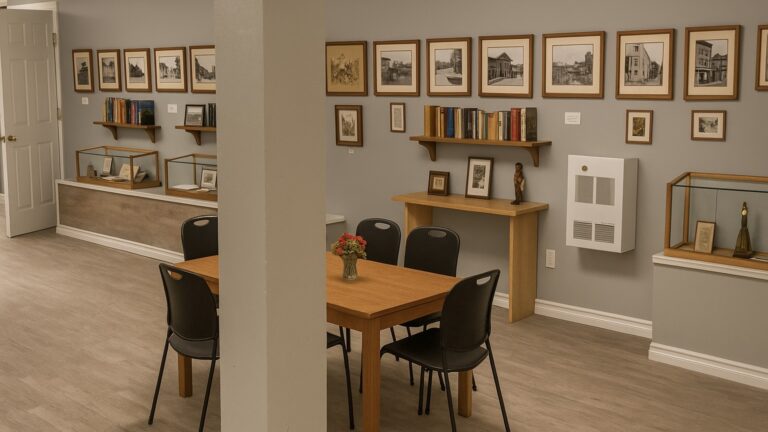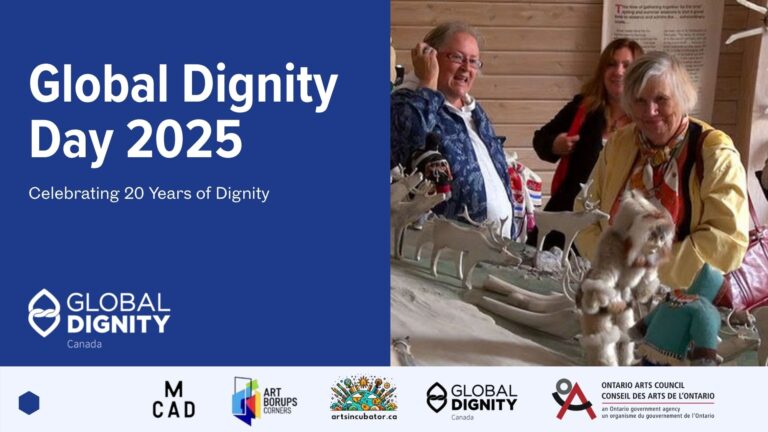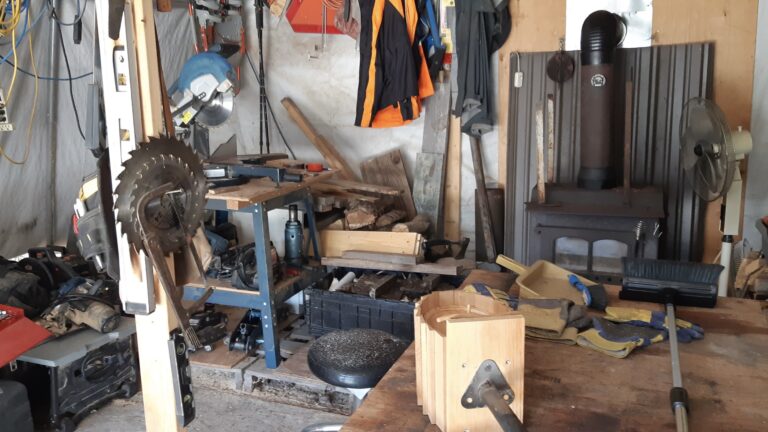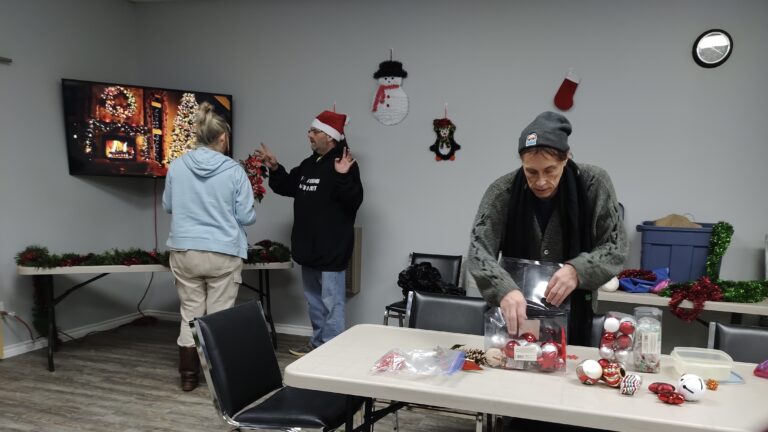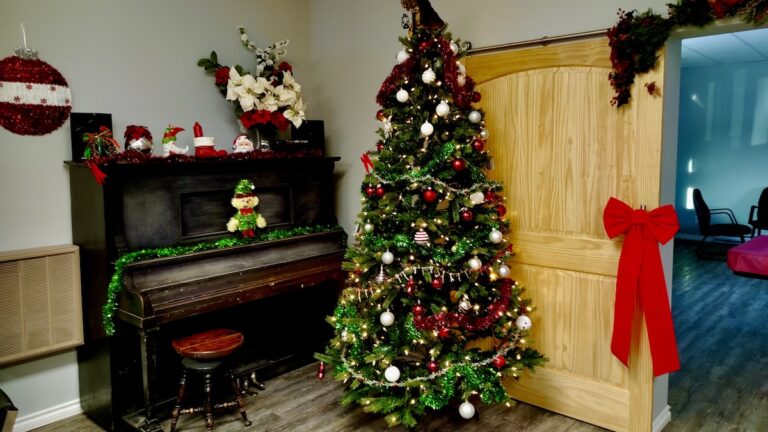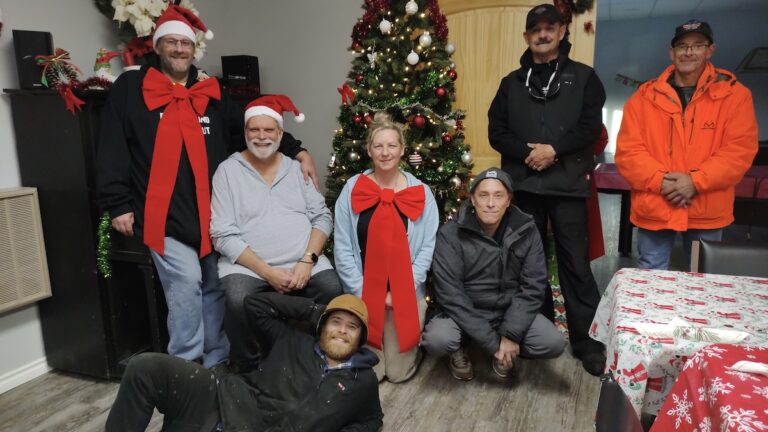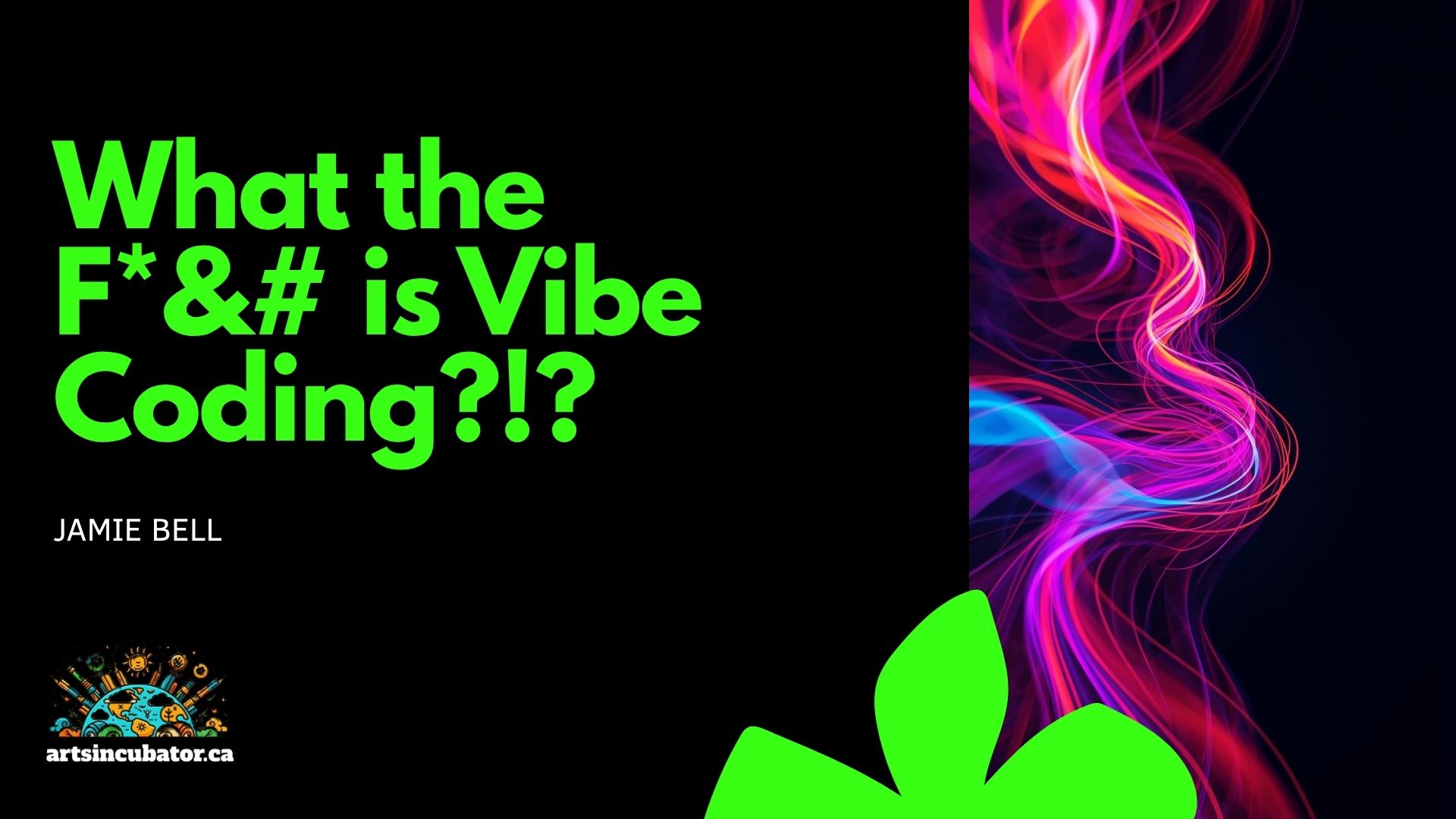
Artists explored “vibe coding” and AI creativity using Google AI Studio and ChatGPT Canvas in this workshop.
Learning to use AI tools for the arts and community projects
The “What the F&# is Vibe Coding?!?”* workshop was delivered on July 5, 2025 as part of a professional development and digital literacy series led by Jamie Bell from Art Borups Corners and The Arts Incubator Winnipeg. The session explored the emerging idea of vibe coding — a creative, human-centred approach to working with artificial intelligence that combines intuition, emotion, and technology. The workshop was designed for artists, community organizers, and creative professionals who wanted to better understand how AI tools are transforming the way we design, create, and collaborate.
Jamie began by unpacking the phrase “vibe coding” in accessible, conversational language. Rather than being a technical form of programming, vibe coding was described as a mindset — a way of building with feeling. It’s about using AI tools that understand tone, style, and intent to create digital experiences that resonate emotionally and aesthetically. Participants discussed how creative coding had already blurred the lines between art and technology, and how AI represents the next step: not just automating work, but amplifying creativity.
The workshop featured hands-on demonstrations of two leading-edge tools: Google AI Studio and OpenAI’s ChatGPT Canvas. We also explored some simple examples of how vibe coding can be used to craft simple prototypes. Jamie showed how Google AI Studio allows users to experiment with text-based and multimodal AI models to create interactive prototypes, chatbots, and creative applications — all without extensive programming knowledge. ChatGPT Canvas was presented as an intuitive space where conversation itself becomes a creative interface, enabling artists and educators to build interactive apps, games, or artworks through guided dialogue with AI.
Through these demonstrations, participants saw how AI is changing the way we work with technology — shifting from a focus on code and control to collaboration and co-creation. Jamie emphasized that AI can now act as a creative partner, translating human ideas into form and structure. The discussion also addressed the importance of maintaining human agency and authorship in an AI-driven world, reminding participants that technology should serve artistic vision, not replace it.
Throughout the session, attendees reflected on how these tools connect to the arts and community-based practice. Many found parallels between vibe coding and traditional art-making — both rely on experimentation, intuition, and a sense of play. The workshop framed AI as a new medium for creative exploration rather than a replacement for existing disciplines. Artists were encouraged to see themselves not as consumers of technology but as active shapers of it, capable of influencing how digital tools express and embody human values.
By the end of the workshop, participants had gained a richer understanding of how artificial intelligence intersects with artistic practice and creative collaboration. They left with practical insights into how tools like Google AI Studio and ChatGPT Canvas could support their own work — from storytelling and design to community engagement and digital art. The “Vibe Coding” session ultimately invited artists to imagine a future where technology doesn’t just function — it feels— and where creativity remains at the heart of innovation.

